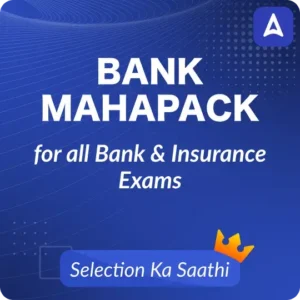The Union Bank of India conducts the Specialist Officer (SO) recruitment exam to hire Credit Officers and other specialist roles. The Credit Officer post is one of the most popular and important positions. If you have just 30 days left for the exam, don’t worry. With a focused study plan and consistent practice, you can cover all key topics and improve your chances of success. This article gives you a clear and practical 30-day study plan that covers all subjects including Professional Knowledge, Reasoning, Quantitative Aptitude, and English Language.
Union Bank SO: 30-Days Study Plan for Credit Officer Aspirants
Before starting your preparation, it is important to understand how the paper is set. The Union Bank SO Credit Officer exam usually includes four main sections Reasoning, Quantitative Aptitude, English Language, and Professional Knowledge. Each section consists of multiple-choice questions, and there may be negative marking for wrong answers. Among all the sections, Professional Knowledge is the most critical because it tests your domain expertise and carries more weight in the overall selection. So, while all sections are important, you must give special attention to the professional knowledge part related to credit appraisal, loan processing, and financial analysis.
Week 1: Build the Basics
Days 1 to 3:
Start your preparation by building a strong foundation. For Reasoning, begin with basic topics like puzzles, seating arrangements, blood relations, and direction sense. These topics are common in most banking exams and can be scored well with practice. At the same time, begin Quantitative Aptitude by revising basic arithmetic concepts such as percentages, ratios, simplification, and average. These topics will help you in solving more complex calculations later.
In Professional Knowledge, start by learning the structure of Indian banking, types of credit facilities offered by banks, and the basics of credit risk. Study the different types of loans such as term loans, working capital loans, and overdrafts. Try to understand how creditworthiness of a borrower is judged.
Days 4 to 7:
Now move on to slightly advanced reasoning topics like syllogism, inequality, and coding-decoding. These questions often appear in moderate to difficult levels. In Quant, continue with profit and loss, simple and compound interest, and time and work.
For Professional Knowledge, begin studying working capital management learn how banks calculate working capital needs of a business. Also, focus on credit appraisal process, documentation required for loan processing, and learn how to read basic financial statements such as the balance sheet and profit & loss account. Understanding these will help you in answering practical questions related to loans and lending.
Week 2: Strengthen Core Areas
Days 8 to 10:
At this stage, you should begin solving mixed reasoning sets to improve your speed and accuracy. Continue revising earlier topics and focus on data interpretation (DI) in Quant as DI is a key area in banking exams. Practice pie charts, bar graphs, and tables.
In Professional Knowledge, study topics like financial ratios used to assess creditworthiness. Learn how to calculate and interpret current ratio, debt-equity ratio, interest coverage ratio, and others. Also study Non-Performing Assets (NPAs), Basel norms, and how banks manage credit risk. These topics are often tested through scenario-based or case study questions.
Days 11 to 14:
Focus on revision and practice. Attempt mock questions in both reasoning and quant. For English, start with reading comprehension, cloze tests, and sentence rearrangement. Vocabulary building and grammar revision will also help in scoring well.
In Professional Knowledge, study types of borrowers, loan documentation, and risk assessment. Learn how banks assess risk while sanctioning loans and what measures they take to minimize defaults. This will also help you during interviews after clearing the written test.
Week 3: Practice and Revise
Days 15 to 17:
Now it is time to start attempting full-length mock tests every alternate day. These tests will help you check your preparation level and identify weak areas. Give special attention to your Professional Knowledge preparation revise concepts like RBI’s lending guidelines, sectoral exposure limits, and risk rating models. Understanding these regulatory norms is very important for a Credit Officer role.
Also, start reading financial newspapers or banking magazines to stay updated with current happenings. This will help in English preparation and also give you real-world understanding of credit-related issues.
Days 18 to 21:
By now, you should have completed almost all important topics. Use this phase for mock test analysis. Don’t just solve tests go back and check where you went wrong and revise those concepts. Practice error spotting, fill in the blanks, and phrase replacement in English.
In Professional Knowledge, solve previous year questions of Credit Officer exams if available. Also, go through case studies that require judgment and decision-making skills. Learn how a credit officer assesses a loan application, what documents are checked, and how decisions are taken.
Week 4: Final Touch and Full-Length Practice
Days 22 to 25:
This is the final stretch. You must now attempt one mock test daily in exam-like conditions. Focus more on speed and time management. After each test, revise the important mistakes and weak areas.
In Professional Knowledge, go through your short notes and revise key concepts again like CAMELS rating, credit sanctioning process, loan monitoring, and loan recovery. These are very likely to be asked in the exam.
Days 26 to 30:
In the final 5 days, avoid learning new topics. Focus only on revision and mock test reviews. Maintain a notebook of frequently asked questions and go through them daily. Keep your mind relaxed and avoid stress. Take care of your health, sleep well, and stay motivated.
| Related Posts | |
| Union Bank SO Syllabus | Union Bank SO Salary |
| Union Bank SO Previous Year Question Papers | Union Bank SO English Language – Tips to Score High |

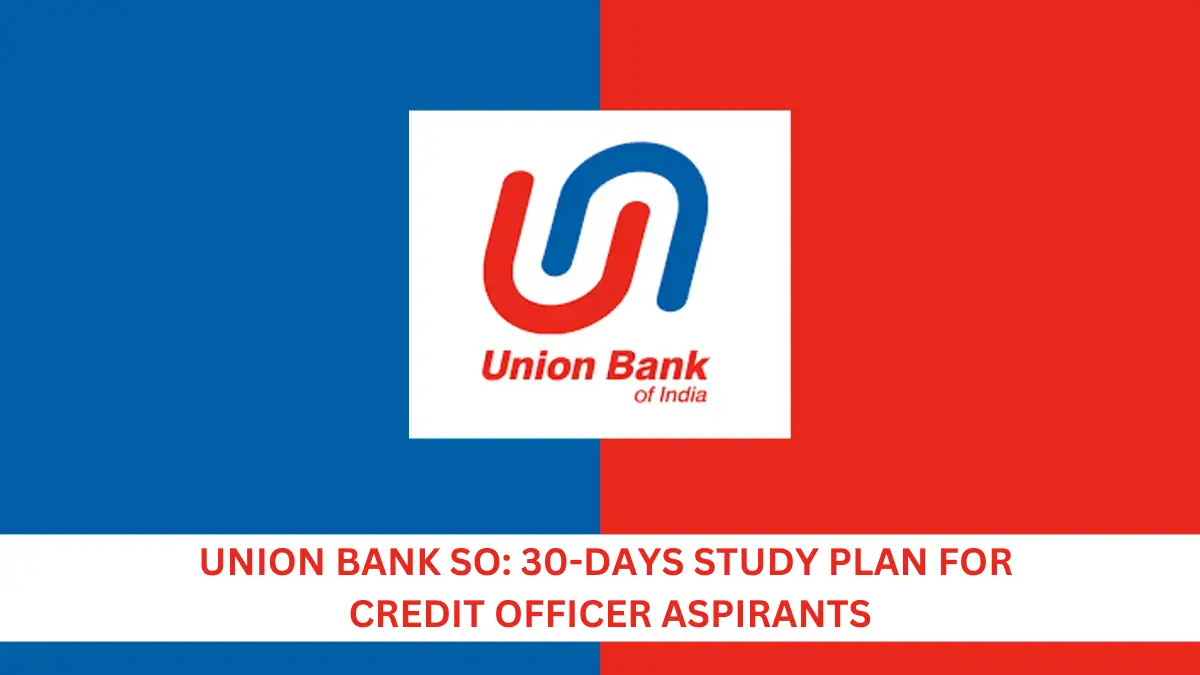


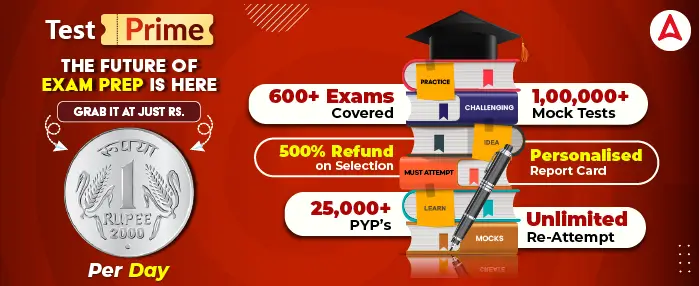
 NABARD Grade A Shift Timings 2025, Check...
NABARD Grade A Shift Timings 2025, Check...
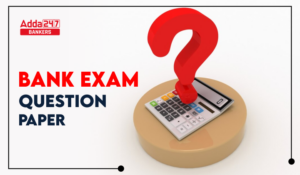 Bank Exam Previous Year Question Papers,...
Bank Exam Previous Year Question Papers,...
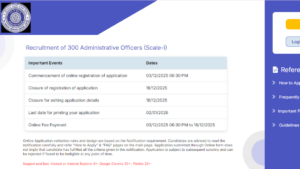 OICL AO Apply Online 2025 Closing on 18 ...
OICL AO Apply Online 2025 Closing on 18 ...
